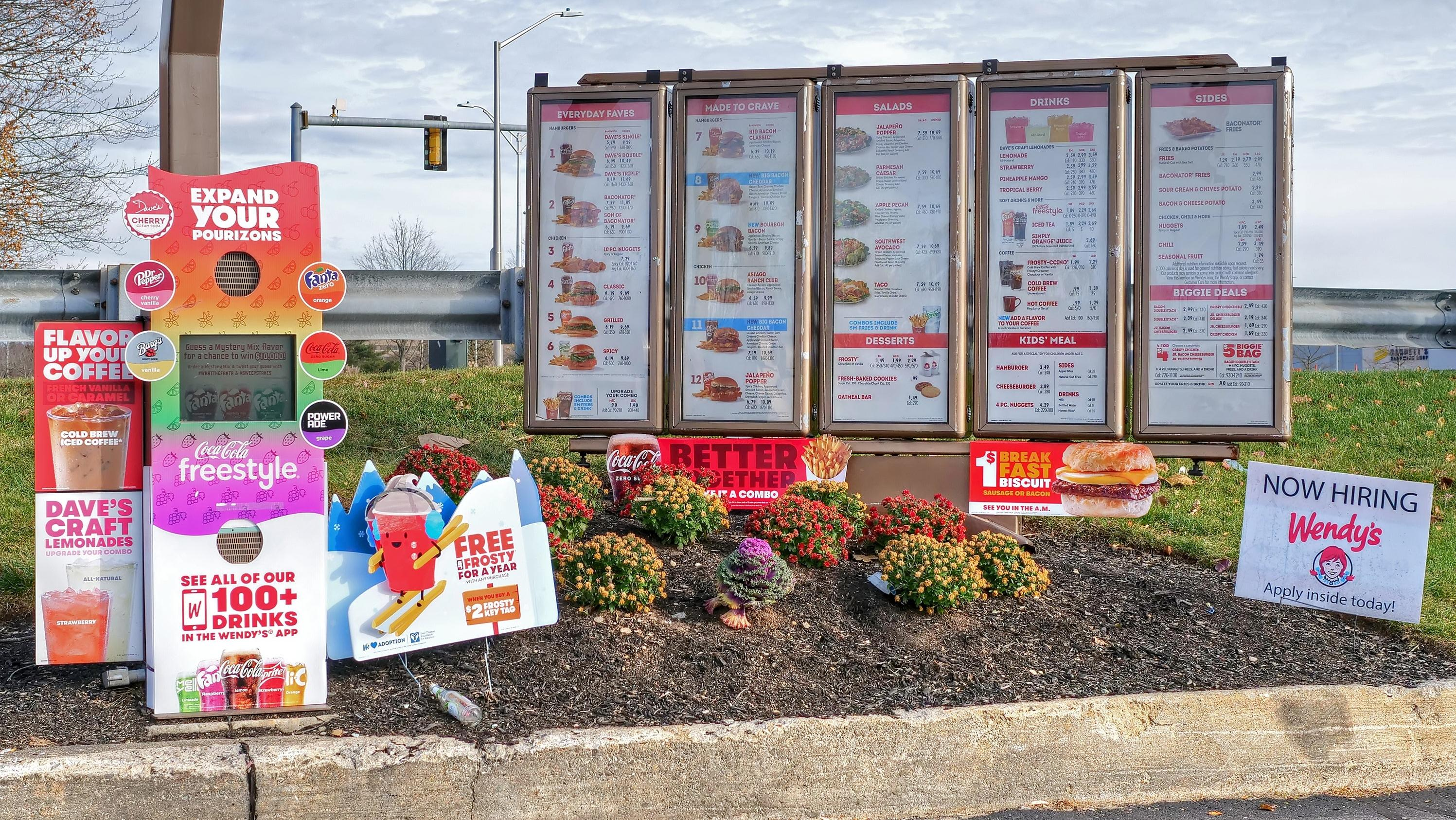AI Drive-Thrus Struggle To Catch Up To Humans
Artificial intelligence still needs help figuring out how to get fast food orders right.
Artificial intelligence is the technology world's current obsession, and if it can be used to maximize efficiency, you can be sure that the fast food industry will find as many ways as possible to implement it. Wendy's, in particular, is one of the few companies actively testing artificial intelligence for order-taking at the drive-thru, and The Columbus Business Journal reports that the company is growing confident enough in its digital skills to expand the use of AI to additional drive-thrus for testing purposes.
Even though the artificial intelligence systems seem to be working well, they're not perfect yet, and The Columbus Business Journal says that Wendy's is seeking ways to fix some of the more complex issues that come up during the ordering process.
Where artificial intelligence still fails to match humans
The first Wendy's location to use an AI drive-thru system is in Westerville, Ohio, where the pilot began in May. The company teamed up with Google Cloud to test its system, FreshAI, and grew its testing grounds to another three Wendy's locations.
According to a Wendy's press release, the Westerville drive-thru processes customers 22 seconds faster than the current market average, and accurate orders that don't require human correction now average 86% of the total.
But there are times when the system encounters issues, and it's a good reminder of everything that human employees bring to the table. Customers might change their minds a few times during the ordering process, or place orders that are heavily customized. They might also grow frustrated or confused by a system that doesn't understand them—and a separate, additional layer of technology is running concurrently to the drive-thru AI to detect those things in their tone. (A customer repeating themselves, for example, could indicate an issue with the system.)
In those cases, the order is routed to a human employee, who then intervenes in the process. But what's interesting to note is that despite the fact that FreshAI is doing the basic work of digitally jotting down a customer's order, there's always a person listening in during the entire process.
Wendy's says that with the employee's attention mostly focused away from the headset, they can instead focus on tasks at hand, like assembling food or cooking it, which comes in handy at understaffed locations, where workers have to multitask in order to keep up. (Gee, I wonder why fast food is chronically understaffed these days.)
While the system is clearly meant to help workers push customers through the drive-thru line efficiently, it doesn't sound like it can do so independently—and it makes me wonder if AI implementation is a massively complex and expensive solution to a problem that still might require humans to resolve.
I'm not timing my Wendy's order to see if it's below industry average; I know there are people doing their jobs in that kitchen. Again, fast food companies still aren't outright saying it, but their dreams of non-human interactions aren't entirely altruistic, aimed at alleviating employee workload—because the obvious hope is that the AI drive-thru can eventually operate with no human assistance at all.
"Our accuracy during the pilot, measured as the percentage of orders successfully handled by Wendy's FreshAI without restaurant team member intervention, averaged 86% and we would expect the average to only to increase," the press release said.
